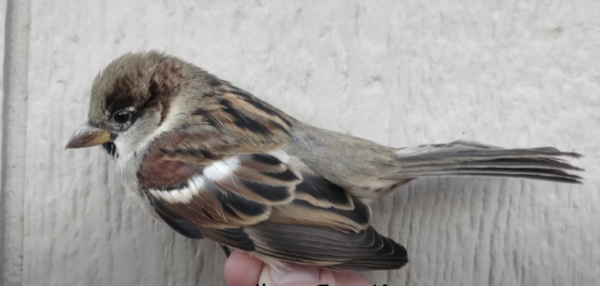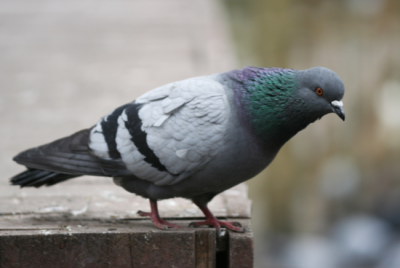Sparrow Damage (They Cause)

Birds are sensitive to environmental changes and act as an indicator of the ecological balance of a particular habitat. The sparrow, locally known as "Chorui", is closely associated with human habitation. Sparrows build their nests in hole structures, around the roof area of houses, and under the tiles. They feed on insects, grains, weed seeds, fruit buds, nectar, etc.
Sparrows don’t have many natural enemies and are very adaptive, they learn to nest in urban structures, eat urban scraps and they have the ability to quickly reproduce.
They are intelligent birds who roost in noisy flocks on branches of city trees, ivy-covered walls, and under eaves of houses.
Structural Damage
Sparrows can be a major problem in urban areas with their eating, nesting, and living habits. They will clog gutters and drainage pipes with their nests, causing extensive water damage to a structure. Fires have also been attributed to these sparrows because they nest in machinery and electrical boxes, which can cause electrical shorts.
Damage can also be caused by the pecking of rigid foam insulation inside buildings.
Agricultural Damage
Sparrows in grain storage facilities feed on the grain causing loss of product and contamination of the grain with fecal matter.
On livestock or poultry farms, sparrows continuously feed on the animal’s feed and also contaminate the facility with droppings.
In fields, they damage crops by pecking seeds, buds, seedlings, flowers, vegetables, and maturing fruits, reducing potential productivity.
Droppings
Their feathers and droppings create janitorial problems, as well as unsanitary, hazardous, and odoriferous situations both inside and outside of buildings and sidewalks under roosting areas.
The feces of these birds can also build up in heavily infested areas and cause structural damage from the uric acid that is in their droppings. The bacteria, fungal agents, and parasites in the feces also pose a serious health risk.
Diseases and Bugs
Since they live in such close proximity to humans, they are a factor in the dissemination of diseases and bugs. They are known to transmit:
- Diseases (chlamydiosis, coccidiosis, erysipeloid, Newcastle’s, paratyphoid, pullorum, salmonellosis, transmissible gastroenteritis, tuberculosis, various encephalitis viruses, vibriosis, and yersiniosis)
- Internal parasites (acariasis, schistosomiasis, taeniasis, toxoplasmosis, and trichomonas’s)
- Household pests (bed bugs, carpet beetles, clothes moths, fleas, lice, mites, and ticks).
Damage Control
Sparrow control is all about keeping sparrows from landing, roosting, and nesting on structures using various deterrents. To control sparrows, destroy all the nesting spots at the site. Fill or net off all gaps, crevices, and crannies. Remove or reduce all food and water sources. A physical exclusion and a weekly program of nest removal and food source control will surely reduce their numbers.

